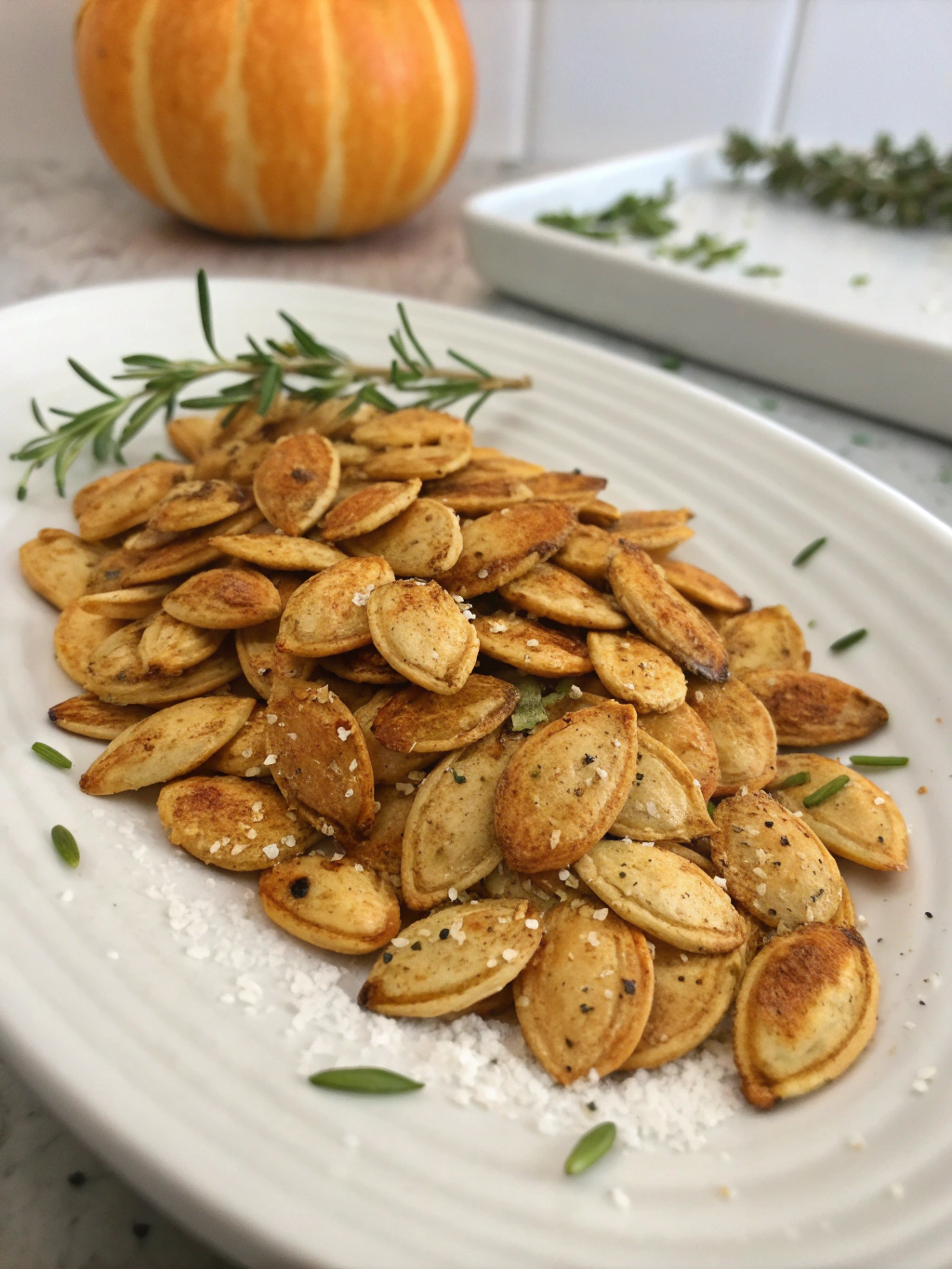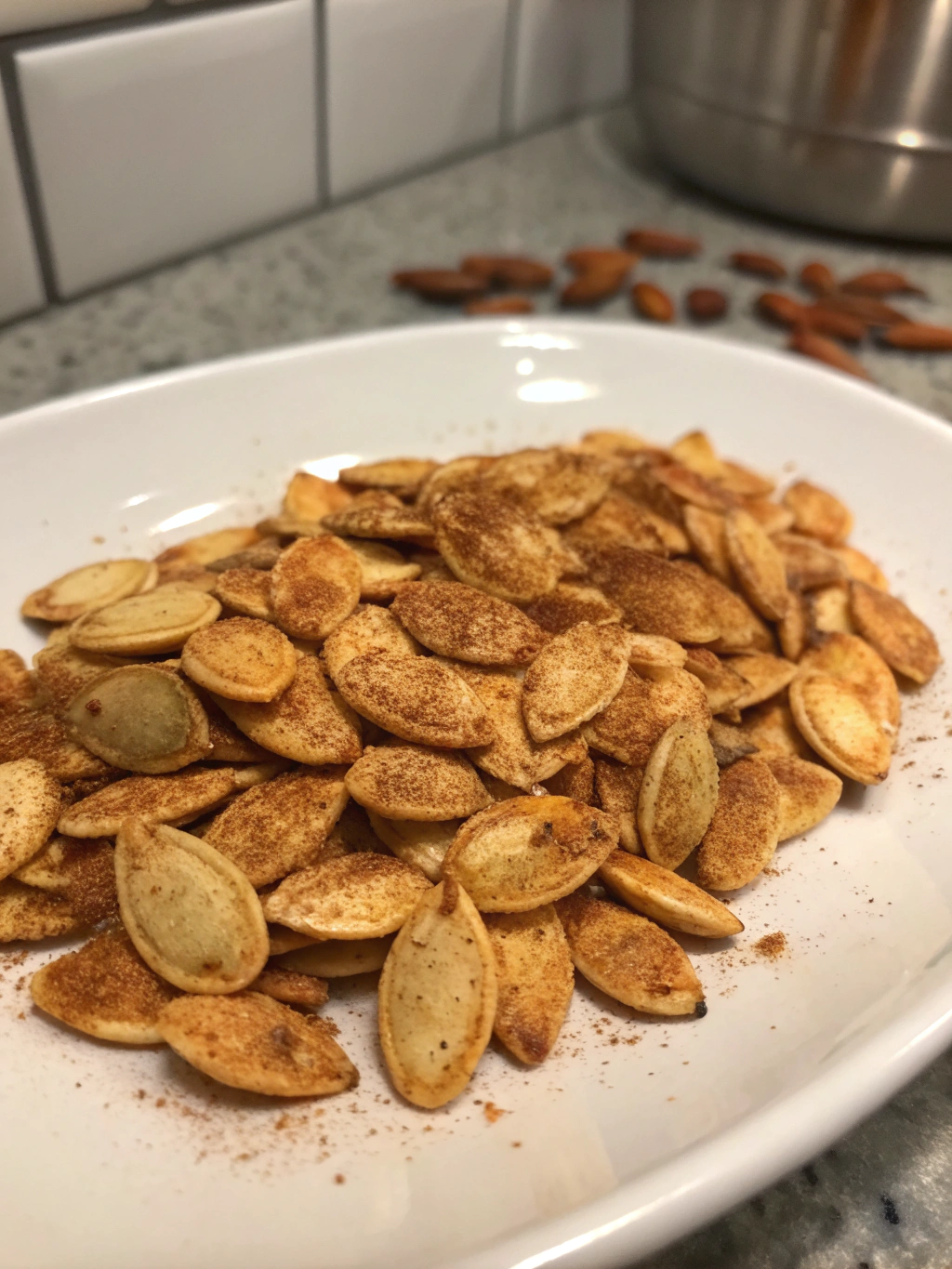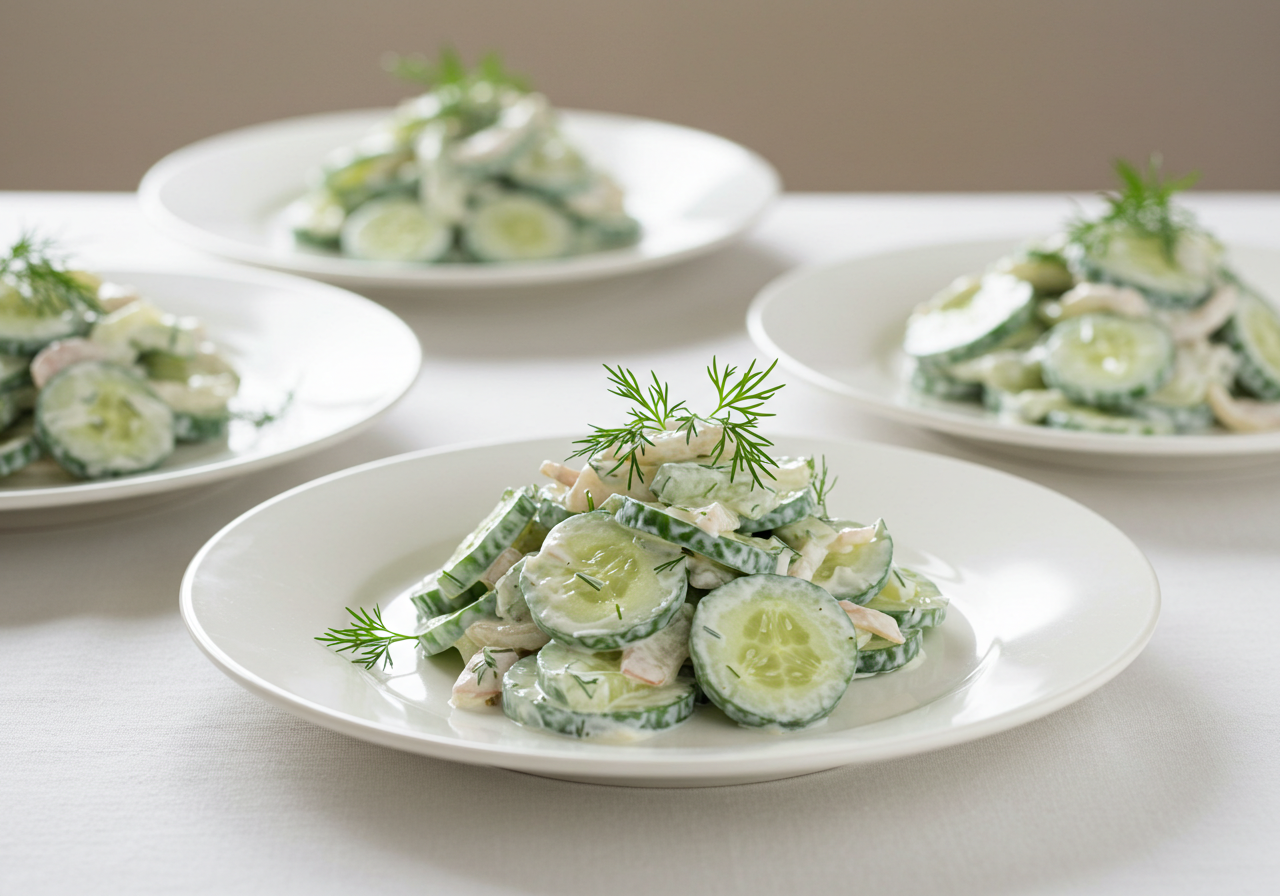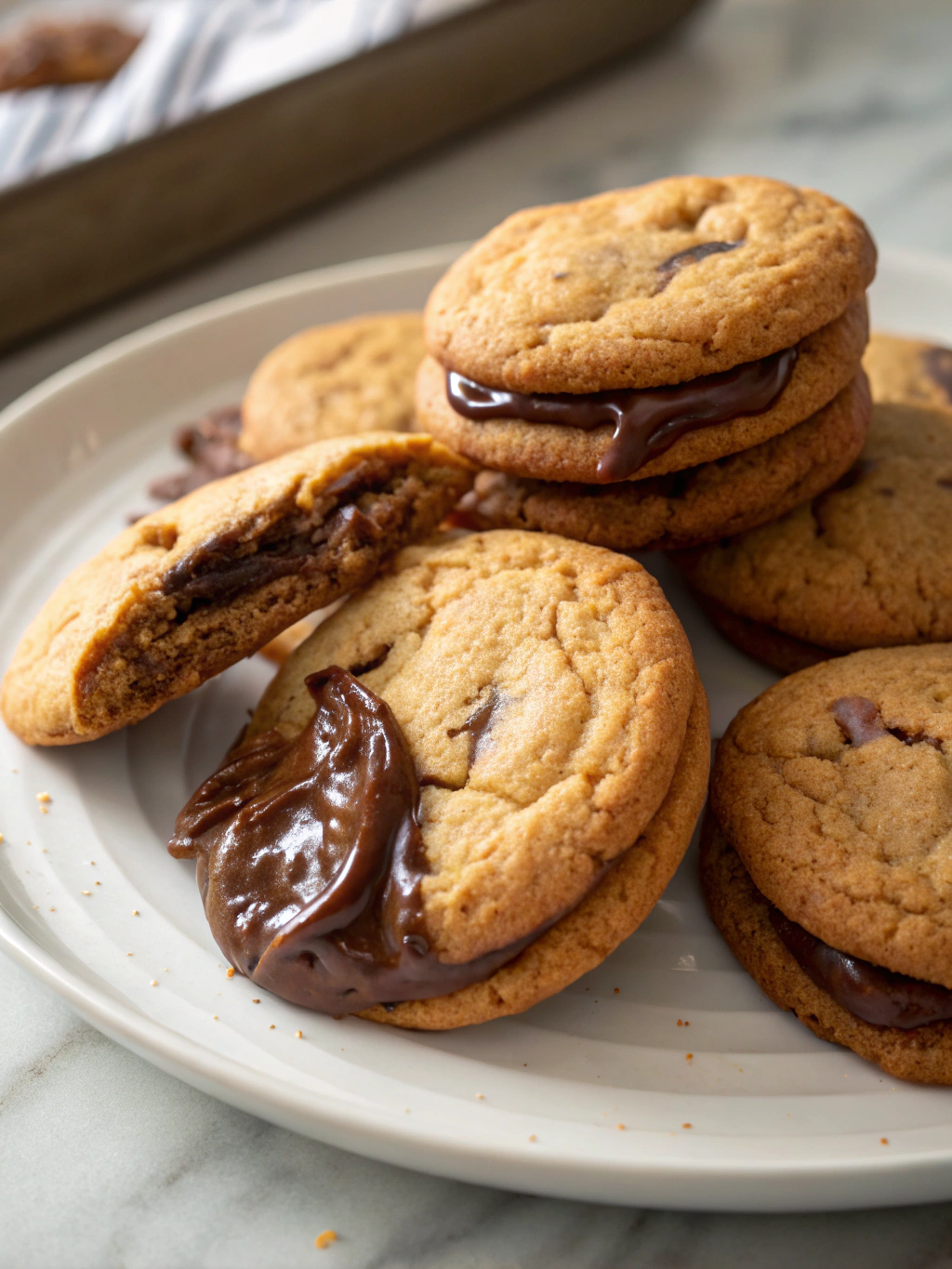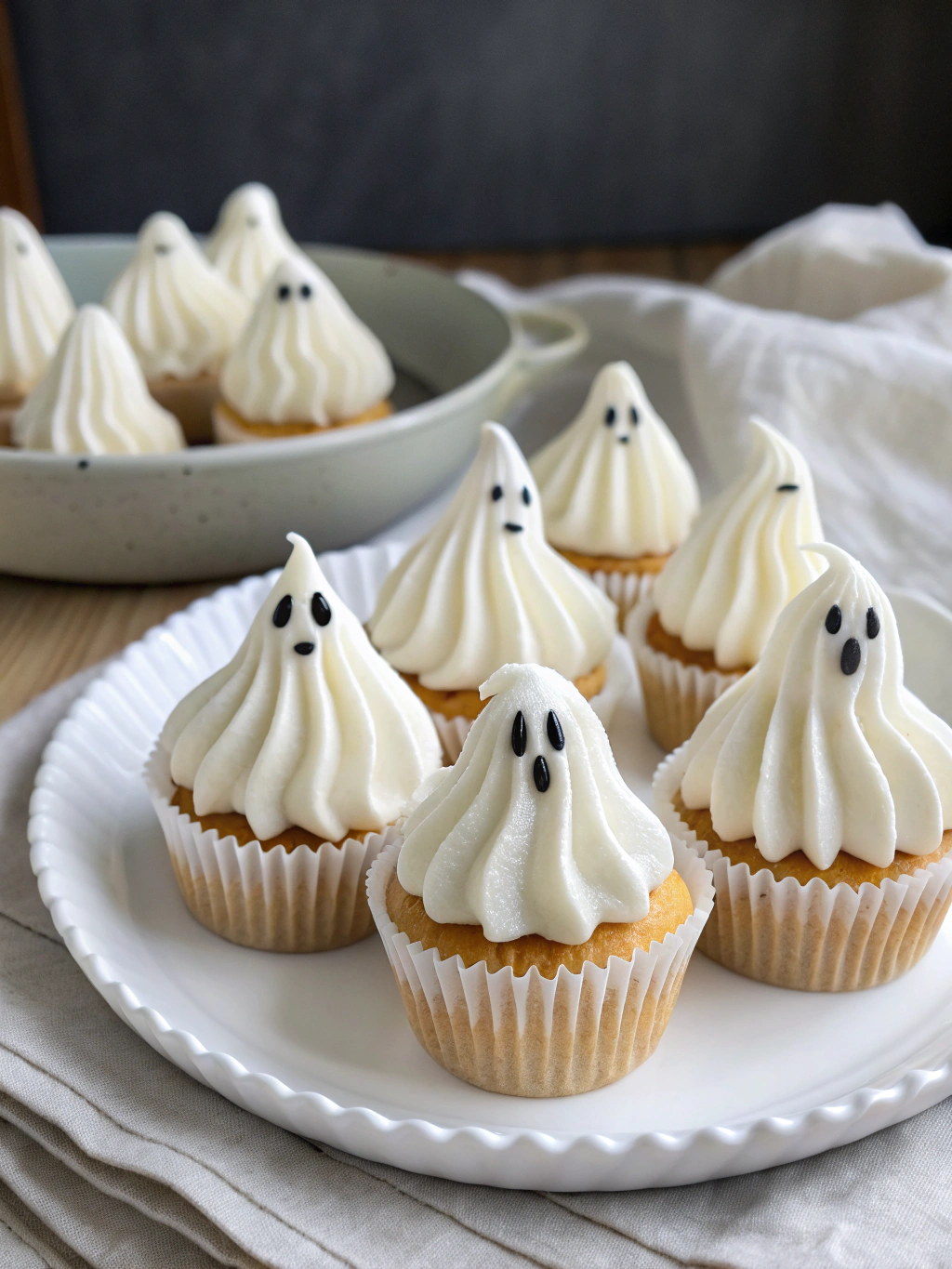Honey toast, also known as “Shibuya Toast,” is a decadent dessert originating from Japan. It is celebrated for its visually stunning presentation and indulgent flavors, often making it a favorite treat for dessert enthusiasts worldwide. This dish typically consists of a thick, golden-brown loaf of bread, hollowed out and toasted to perfection, then filled and topped with a variety of ingredients such as ice cream, fresh fruits, whipped cream, and a generous drizzle of honey.
Cultural Significance and Origins
Honey toast’s roots trace back to Japan, particularly in the bustling district of Shibuya, Tokyo, where it first gained popularity in trendy cafes. Its creation is believed to stem from the desire to craft a dessert that combines traditional bread-making with innovative presentation and flavor. The dish embodies the Japanese approach to culinary art: balancing aesthetics, flavor, and creativity.
Over time, honey toast has become a cultural phenomenon, symbolizing the Japanese knack for reinventing simple ingredients into extraordinary dishes. It has become a staple in Japanese-themed cafes and a must-try for tourists seeking an authentic yet modern Japanese dessert experience.
Why It Has Gained Global Appeal
Honey toast’s rise to global fame can be attributed to its visual allure and versatility. In the age of social media, the dessert’s towering structure, vibrant toppings, and artistic plating make it a photogenic masterpiece, perfect for sharing online. Its customizable nature allows chefs and home cooks to experiment with flavors and textures, making it adaptable to diverse culinary preferences.
Additionally, honey toast’s sweet and satisfying combination of warm, crispy bread and cool, creamy toppings creates a comforting yet luxurious experience. Its blend of tradition and innovation resonates with dessert lovers across the world, ensuring its place in the pantheon of beloved global sweets.
What is Honey Toast?
Understanding Honey Toast as a Dessert
Honey toast, often referred to as “Shibuya Toast,” is an iconic dessert that combines simplicity with extravagance. At its core, it consists of a thick-cut loaf of bread that is hollowed out, toasted, and transformed into a base for a medley of delicious toppings. The toasted bread cubes, removed from the loaf, are typically caramelized with butter and honey, then artfully placed back into the hollowed bread shell.
Key components of honey toast include:
- Thick-cut bread: Soft on the inside and crisp on the outside, creating a satisfying texture contrast.
- Honey: Adds sweetness and a luxurious glaze to the toasted bread.
- Toppings: Common choices are ice cream, whipped cream, fresh fruits, nuts, syrups, and occasionally chocolate or matcha powders.
Its appeal as a dessert lies in its interactive and shareable nature. Honey toast is a sensory delight—each bite offers a mix of crispy, creamy, and sweet flavors. Its visually impressive presentation makes it a centerpiece for celebrations, photos, and indulgent dining experiences. These attributes have made it a global favorite, captivating dessert lovers across cultures.
Unique Features of Honey Toast
Honey toast stands out from other desserts due to its distinct preparation, presentation, and ingredient synergy.
The Role of Thick-Cut Bread, Honey, and Toppings
- Thick-cut bread: The bread is the foundation of honey toast, chosen for its ability to hold up under various toppings while providing a pillowy texture inside. Toasting the bread enhances its flavor and gives it a sturdy structure.
- Honey: This essential ingredient is drizzled over the bread and toppings, creating a luscious sweetness that ties all the elements together. Honey also helps achieve a caramelized surface on the bread during toasting.
- Toppings: The endless variety of toppings allows honey toast to cater to diverse tastes. Whether paired with the tartness of berries, the creaminess of ice cream, or the crunch of nuts, the toppings elevate the dessert to a multi-dimensional experience.
How It Differs from Other Desserts
Unlike traditional pastries or cakes, honey toast is both a visual and culinary spectacle. Its hollowed bread “box” and intricate arrangement of toppings make it highly customizable and ideal for group enjoyment. Furthermore, honey toast blurs the line between savory and sweet, offering a satisfying depth of flavor rarely found in conventional desserts. This uniqueness cements its status as a must-try treat for those seeking a memorable and indulgent dessert experience.
The History of Honey Toast
The Origins in Japan
Honey toast has its roots in Japan, where it was first introduced in the vibrant café culture of the 1990s, particularly in Tokyo’s trendy Shibuya district. These cafés aimed to create a dessert that combined Japanese ingenuity with a touch of indulgence, resulting in the invention of this visually striking and delicious treat.
The idea of hollowing out a thick loaf of bread, toasting it, and filling it with various sweet toppings emerged as a playful twist on traditional bread-based desserts. The buttery, honey-glazed bread served as both the base and the highlight, offering a warm, crispy texture that complemented creamy and fruity toppings.
In Japan, honey toast quickly became a favorite in themed and specialty cafés, celebrated for its interactive nature and shareable size. Its popularity soon extended beyond Japan, captivating dessert lovers across Asia, where it became a staple in Korean, Taiwanese, and Hong Kong cafés. Regional adaptations, such as adding matcha or boba toppings, highlighted local flavors and ingredients, further cementing honey toast’s appeal in Asian countries.
Evolution Into a Global Trend
Honey toast’s global rise was fueled by its photogenic presentation and the growing influence of social media, which made it a favorite subject for food photography. Tourists visiting Japan brought the concept back to their home countries, inspiring chefs and café owners to incorporate it into their menus.
How Honey Toast Spread Internationally
- Social Media Influence: Platforms like Instagram and Facebook played a significant role in showcasing honey toast’s visual allure, sparking curiosity among international audiences.
- Asian Food Culture Expansion: The rising global interest in Asian cuisine, especially desserts, created a receptive market for honey toast in regions like North America, Europe, and the Middle East.
Modern Interpretations in Different Regions
As honey toast reached new audiences, chefs began reimagining it to suit local palates and trends:
- North America: Variations often include decadent ingredients like salted caramel, peanut butter, or s’mores toppings.
- Europe: Elegant versions with artisanal bread, mascarpone cream, and gourmet chocolates are popular.
- Middle East: Honey toast is paired with regional flavors such as pistachios, rosewater, and saffron.
- Southeast Asia: Tropical fruits like mango, durian, and coconut are frequently featured, reflecting local tastes.
Today, honey toast continues to evolve, serving as both a nod to its Japanese origins and a canvas for global culinary creativity. It remains a beloved dessert that bridges cultures and delights dessert lovers worldwide.
Essential Ingredients for Honey Toast
Choosing the Right Bread
The bread is the foundation of honey toast, and selecting the right type is essential for achieving the desired texture and flavor. Thick, fluffy bread is ideal because it provides a sturdy yet soft base that can absorb honey and butter while maintaining its shape under the weight of various toppings.
Why Thick, Fluffy Bread is Key
- Texture: The bread should have a soft, airy interior that contrasts with its crispy, toasted exterior.
- Structure: A thick-cut loaf ensures the dessert maintains its iconic “box” shape after hollowing and toasting.
- Absorption: Bread with a slight density can soak up the honey and butter mixture without becoming soggy, enhancing flavor with every bite.
Best Types of Bread to Use
- Japanese Milk Bread (Shokupan): A popular choice due to its light, fluffy texture and subtle sweetness.
- Brioche: Its rich, buttery flavor complements the dessert’s sweet toppings.
- Challah: Offers a slightly denser texture while still being soft and pliable.
The Role of Honey
Honey is the namesake ingredient of this dessert and plays a crucial role in adding sweetness, aroma, and a glossy finish. High-quality honey enhances the dish’s overall flavor and complements the other components.
Selecting High-Quality Honey
- Pure vs. Processed: Opt for pure, raw honey for its superior taste and natural sweetness.
- Local Varieties: Locally sourced honey often has unique floral notes that can add a regional twist to the dessert.
Different Types of Honey and Their Flavor Profiles
- Acacia Honey: Light and floral, perfect for a subtle sweetness.
- Clover Honey: Mild and versatile, ideal for general use.
- Manuka Honey: Rich and robust, with earthy undertones for a more distinctive flavor.
- Wildflower Honey: Complex and aromatic, adding depth to the dessert.
Other Must-Have Ingredients
Honey toast is more than just bread and honey; additional ingredients are key to elevating its flavor and texture.
Butter
Butter is generously applied to the bread before toasting, adding richness and enhancing the caramelized crust. Salted butter can be used for a balanced contrast to the sweetness.
Cream and Ice Cream
- Whipped Cream: Adds a light, airy texture that balances the richness of the bread.
- Ice Cream: A must-have topping that creates a delightful temperature contrast. Vanilla is classic, but flavors like matcha, chocolate, or strawberry can add variety.
Fruits and Garnishes
- Fresh Fruits: Strawberries, bananas, mangoes, and berries provide a refreshing contrast to the sweet bread.
- Nuts and Syrups: Almonds, pistachios, or chocolate syrup add crunch and depth.
Each ingredient works harmoniously to create the iconic honey toast experience—warm, crisp, sweet, and creamy in every bite. Experimentation with these elements allows for endless customization, making every honey toast unique.
Making Honey Toast Healthier
Substituting Bread and Sweeteners
Using Whole-Grain or Gluten-Free Bread
- Whole-Grain Bread: Offers added fiber and nutrients compared to traditional white bread, making the dessert more wholesome.
- Gluten-Free Bread: A great alternative for those with gluten sensitivities, ensuring everyone can enjoy honey toast without compromise.
Natural Sweeteners
- Maple Syrup: A flavorful substitute for honey with a unique depth and lower glycemic index.
- Agave Syrup: A vegan-friendly option that is sweeter than honey, allowing for smaller quantities.
- Stevia or Monk Fruit: Zero-calorie alternatives for those monitoring their sugar intake.
Low-Calorie and Diet-Friendly Toppings
Healthier Topping Choices
- Light Whipped Cream: Reduces calories while still offering a creamy texture.
- Fresh Fruits: Strawberries, blueberries, kiwi, and banana add natural sweetness and vitamins.
- Greek Yogurt: A protein-packed alternative to ice cream that pairs well with honey and fruits.
Avoiding High-Calorie Syrups
- Opt for homemade or reduced-sugar syrups and avoid heavy drizzles of chocolate or caramel.
Vegan and Allergy-Friendly Options
Replacing Honey
- Maple Syrup: A plant-based sweetener with a similar consistency and flavor profile.
- Date Syrup: Rich and naturally sweet, perfect for vegan alternatives.
- Coconut Nectar: A mild, eco-friendly option for plant-based diets.
Dairy-Free Toppings
- Coconut Cream: Whipped and chilled, it serves as a light, dairy-free substitute for whipped cream.
- Vegan Ice Cream: Options made from almond, soy, or oat milk cater to lactose-intolerant or vegan individuals.
- Nuts and Seeds: Almonds, chia seeds, and sunflower seeds add texture and nutrition.
Presentation and Styling Tips for Honey Toast
Making Your Honey Toast Instagram-Worthy
Arranging Toppings Creatively
- Layering: Arrange toppings in a tiered fashion for a visually appealing presentation.
- Symmetry vs. Asymmetry: Symmetrical designs create order, while asymmetrical layouts add artistic flair.
- Height and Dimension: Stack whipped cream or ice cream to create a dynamic, towering effect.
Using Vibrant Ingredients
- Incorporate colorful fruits like mango, berries, and pomegranate seeds for visual contrast.
- Drizzle syrups or honey in artistic patterns for added elegance.
- Sprinkle edible flowers or gold flakes for a luxurious touch.
Food Photography Tips
Lighting
- Natural Light: Soft, diffused natural light enhances the dessert’s colors and textures.
- Artificial Light: Use a ring light or LED panels if shooting indoors, avoiding harsh shadows.
Angles and Props
- Overhead Shots: Ideal for showcasing intricate toppings and arrangements.
- Side Angles: Highlight the dessert’s height and layers.
- Props: Use neutral-toned plates, wooden cutting boards, or pastel backdrops to complement the honey toast.
Editing Tools
- Apps: Use tools like Lightroom or Snapseed to adjust brightness, contrast, and saturation.
- Filters: Opt for subtle filters that enhance natural colors without overwhelming the image.
By combining health-conscious ingredients and professional styling techniques, your honey toast can be as delightful for the body as it is for the eyes.
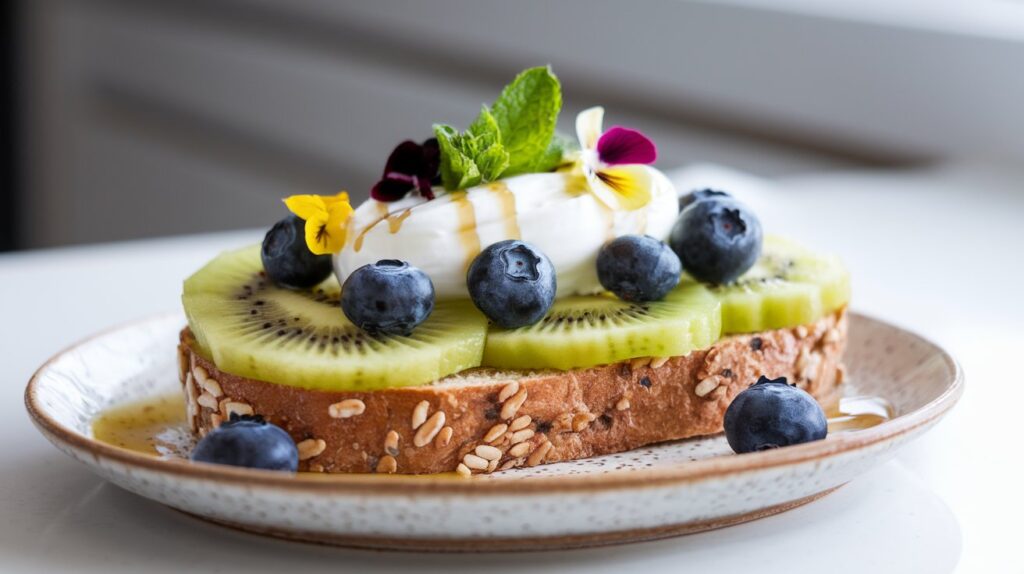
Conclusion
Honey toast is a dessert that effortlessly combines simplicity with extravagance, making it a versatile treat suitable for any occasion. Thanks to its thick, crispy bread, rich honey glaze, and endless topping possibilities, it can easily cater to a wide range of tastes and dietary preferences. Whether you choose to indulge in a café or experiment with your own version at home, honey toast guarantees a unique and memorable experience.
This dessert has earned its hype for good reason; it is not only visually stunning but also highly customizable and irresistibly delicious. Moreover, with a little creativity and effort, you can easily enjoy this Japanese-inspired delight in your own kitchen or, alternatively, discover exciting new variations at your favorite cafés. Honey toast is more than just a dessert; it’s a celebration of flavors and textures, perfect for sharing with loved ones.
To enhance the value of this article, consider exploring related topics such as using brioche rolls for desserts, as detailed in the Milk Brioche Rolls Recipe, which aligns perfectly with the foundational bread in honey toast. For a healthier twist, the Gluten-Free Granola guide offers insights into incorporating wholesome ingredients, making it an ideal addition to a modified, diet-friendly honey toast. Additionally, if you’re experimenting with unique flavors, the Cinnamon Bun Cheesecake might inspire creative toppings or fusions. Dive into these resources to elevate your honey toast creations!
Frequently Asked Questions About Honey Toast
What’s the Best Type of Bread to Use for Honey Toast?
The best bread for honey toast is thick-cut, fluffy bread, such as Japanese milk bread (Shokupan) or brioche. Not only do these breads provide a soft interior, but they also offer a sturdy exterior that holds toppings well.
Can Honey Toast Be Made Without Honey?
Yes! You can substitute honey with maple syrup, agave nectar, or date syrup for a similar sweetness. These alternatives are also great for those seeking vegan-friendly options.
What Are Some Quick Toppings for Honey Toast?
Quick and easy toppings include:
- Fresh fruits like bananas, berries, or kiwi.
- A scoop of ice cream (vanilla or chocolate).
- A drizzle of chocolate or caramel syrup.
- A sprinkle of chopped nuts or coconut flakes.
How Can I Make Vegan-Friendly Honey Toast?
To make vegan-friendly honey toast:
- Use vegan bread and replace honey with plant-based sweeteners like maple syrup.
- Top with dairy-free ice cream or whipped coconut cream.
- Add fruits, nuts, and vegan chocolate for extra flavor and texture.
How Long Does It Take to Prepare Honey Toast?
Preparing honey toast typically takes 15 to 20 minutes. This includes toasting the bread, preparing the toppings, and assembling the dessert. For a quick version, use pre-toasted bread or fewer toppings to save time.
Enjoy crafting this indulgent dessert in your own style, and share it with friends and family to experience its universal charm!



